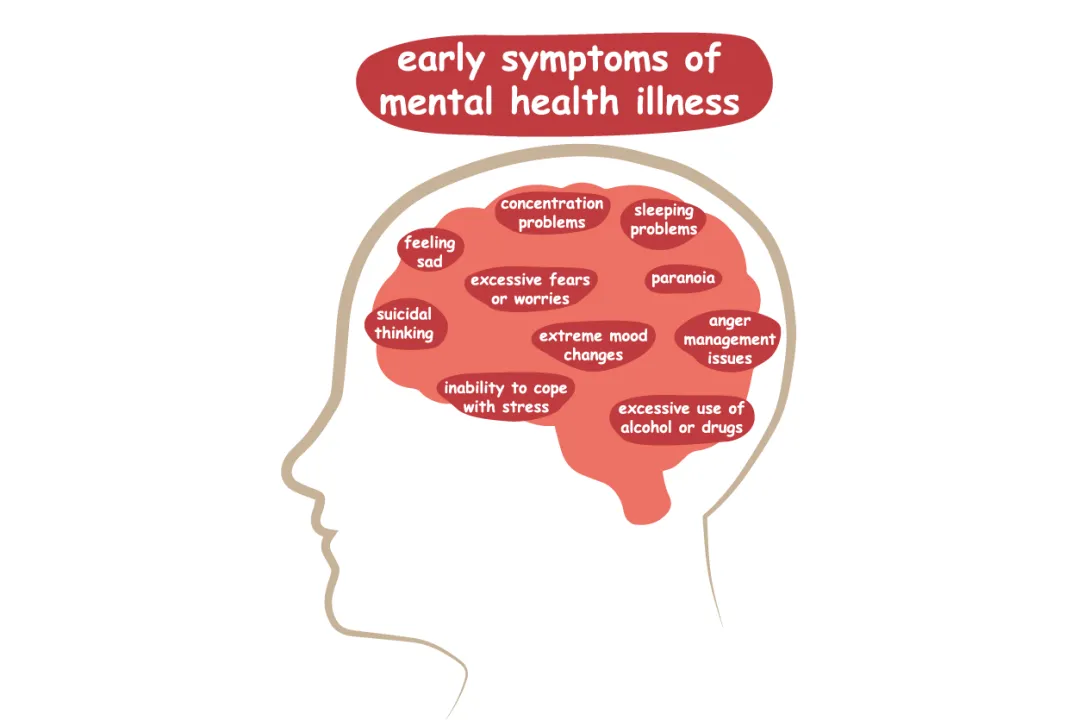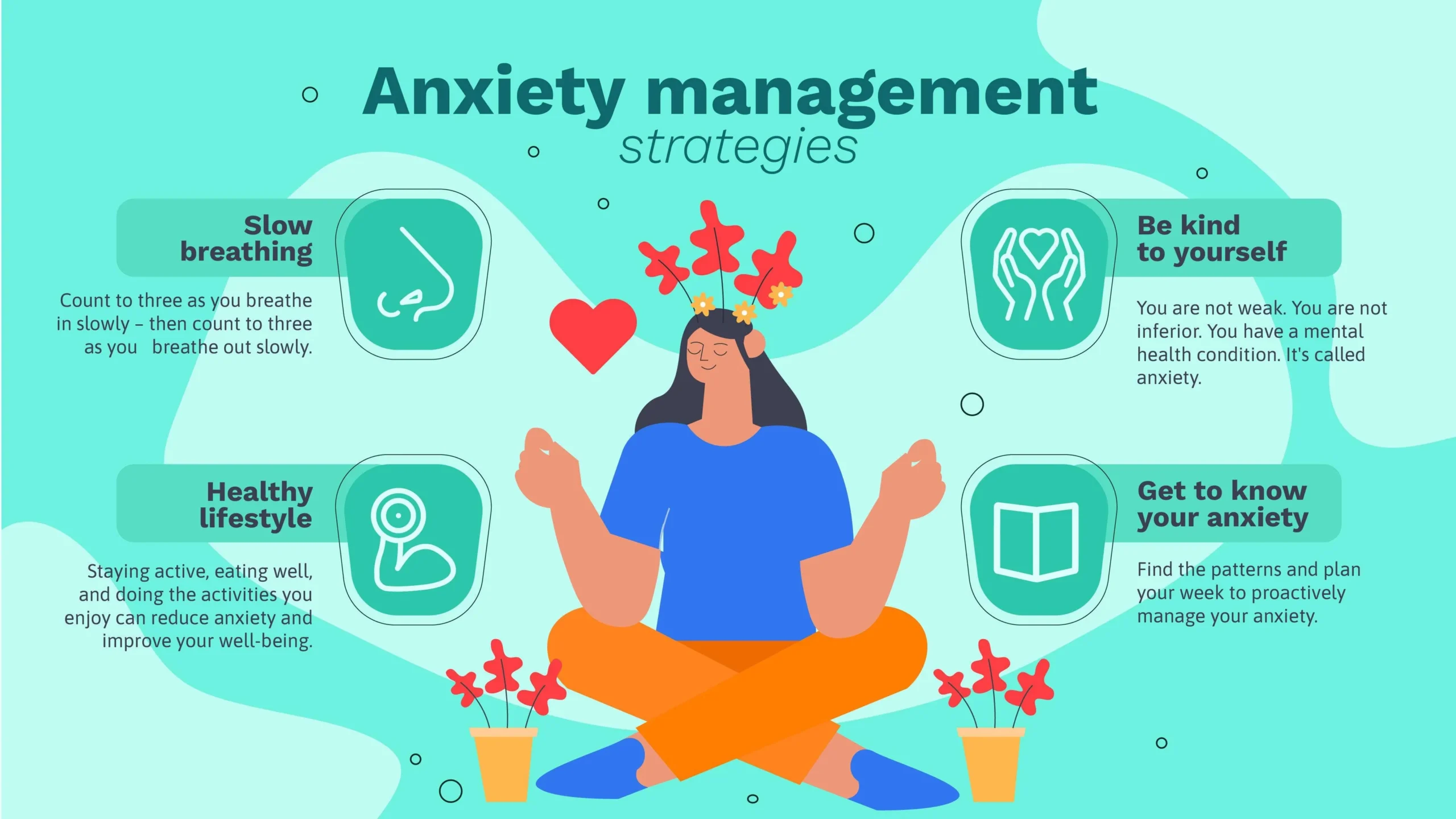In today’s fast-paced work environment, mental health has become an increasingly important topic. With the pressures of deadlines, workload, and personal life balancing, employees often face mental health challenges that can affect their well-being and productivity. As more companies recognize the need to support the mental health of their workforce, workplace mental health support is gaining more focus.
A supportive workplace not only fosters well-being but also enhances employee engagement, satisfaction, and overall performance. In this article, we will explore the importance of workplace mental health support, strategies employers can adopt to promote mental well-being, and how employees can benefit from these initiatives.
Why Mental Health Matters in the Workplace
Mental health issues are prevalent in the workplace, affecting employees of all levels and industries. Studies show that mental health problems such as anxiety, depression, and stress are leading causes of absenteeism and reduced productivity. According to the World Health Organization (WHO), depression and anxiety disorders alone cost the global economy $1 trillion each year in lost productivity.
Supporting mental health in the workplace is crucial because employees’ well-being directly impacts their performance, morale, and overall job satisfaction. A work environment that prioritizes mental health can lead to:
- Increased productivity: Employees who feel mentally supported are more likely to be engaged and motivated in their work.
- Reduced absenteeism: Employees who have access to mental health resources are less likely to take sick days due to stress or mental health issues.
- Better employee retention: A supportive work culture leads to higher job satisfaction and employee loyalty, reducing turnover rates.
- Improved teamwork and collaboration: When employees feel comfortable discussing their mental health, it creates a more inclusive and empathetic work environment.
Common Workplace Mental Health Challenges
Before implementing mental health support strategies, it’s essential to understand the challenges that employees may face. Some common workplace mental health issues include:
- Stress: Job-related stress is one of the most prevalent mental health challenges in the workplace. High expectations, tight deadlines, and long hours can lead to chronic stress, affecting employees’ emotional and physical well-being.
- Anxiety: Employees may experience anxiety due to work pressures, fear of failure, or concerns about job security. Anxiety can lead to difficulty concentrating, lack of confidence, and even physical symptoms like headaches or stomach problems.
- Depression: Depression can be triggered or worsened by work-related stress and can significantly impact an employee’s productivity and ability to function effectively.
- Burnout: Long-term stress without adequate support or time for recovery can lead to burnout. This state of physical, emotional, and mental exhaustion can result in disengagement, absenteeism, and a decline in performance.
- Work-life balance challenges: The struggle to balance professional and personal responsibilities can affect employees’ mental health. Lack of time for self-care, family, or social activities can contribute to feelings of isolation and stress.
How to Support Mental Health in the Workplace
Employers play a critical role in creating a work environment that supports mental health. By prioritizing mental well-being, employers can ensure that their employees are equipped to manage work-related stress and thrive in their roles. Below are some strategies employers can adopt to support mental health in the workplace:
1. Promote Open Communication
A key component of mental health support is creating a culture of open communication. Employees should feel comfortable discussing their mental health with supervisors and colleagues without fear of judgment or discrimination. This can be achieved by:
- Encouraging an open-door policy where employees can voice their concerns.
- Providing mental health training for managers to recognize signs of stress or mental health issues in employees.
- Normalizing conversations around mental health, making it a part of the company culture.
- Creating peer support networks where employees can share experiences and coping strategies.
2. Offer Employee Assistance Programs (EAPs)
Employee Assistance Programs are confidential services that provide employees with access to counseling, support groups, and mental health resources. These programs are an essential part of a workplace’s mental health support system. EAPs can:
- Provide employees with immediate access to professional mental health support.
- Offer counseling for work-related stress, anxiety, and depression.
- Assist employees with personal issues that may affect their work-life balance.
- Provide resources for coping with family problems, financial stress, or substance abuse.
3. Create a Flexible Work Environment
Workplace flexibility is crucial for supporting mental health. Flexible work arrangements, such as remote work, flexible hours, and job-sharing, allow employees to better balance work and personal responsibilities, reducing stress and preventing burnout. Flexibility can help employees:
- Manage caregiving responsibilities or personal health issues.
- Reduce stress from commuting and time constraints.
- Increase their sense of control over their workday, leading to better mental well-being.
4. Encourage Breaks and Downtime
Encouraging employees to take regular breaks throughout the day is essential for preventing burnout and maintaining productivity. Employers should:
- Promote the importance of taking breaks and disconnecting from work, especially during lunch hours.
- Offer mental health days or additional paid time off to allow employees to recharge.
- Set a good example by ensuring that managers also take breaks and prioritize their well-being.
By encouraging downtime, employees will be better able to manage stress and return to work feeling refreshed and more focused.
5. Provide Mental Health Resources and Training
Employers can offer mental health resources such as self-help guides, stress management workshops, and training on mindfulness techniques. Providing access to mental health workshops, webinars, or seminars can help employees build skills to manage stress, anxiety, and work pressures. Additionally, incorporating mental health training into onboarding can ensure that employees understand how to seek support when needed.
Employers can also promote mental health apps that offer meditation, relaxation exercises, or cognitive-behavioral therapy (CBT) tools, which employees can use on their own time.
6. Encourage a Healthy Work-Life Balance
Maintaining a healthy work-life balance is essential for preventing burnout and supporting mental well-being. Employers can:
- Set clear boundaries between work and personal time, especially for remote workers who may struggle to disconnect.
- Encourage employees to use their vacation time and take regular breaks.
- Avoid promoting a culture of overwork or “always being on.”
- Lead by example by maintaining a healthy work-life balance and respecting employees’ time off.
A strong work-life balance allows employees to recharge, spend time with loved ones, and pursue personal interests, which all contribute to better mental health.
7. Foster a Positive and Inclusive Work Culture
A positive and inclusive work culture is essential for mental health. Employees who feel valued, respected, and included are more likely to experience lower levels of stress and higher levels of job satisfaction. To promote an inclusive and supportive environment:
- Celebrate diversity and create a welcoming space for employees of all backgrounds.
- Offer team-building activities to strengthen relationships and foster a sense of belonging.
- Promote a zero-tolerance policy for bullying, discrimination, or harassment in the workplace.
8. Provide Leadership Support
Leaders and managers have a significant impact on employee mental health. Strong, empathetic leadership can help reduce workplace stress and foster a supportive environment. Leaders can:
- Regularly check in with employees to ensure they are feeling supported and have the resources they need.
- Lead with empathy, actively listening to employees’ concerns and offering guidance.
- Offer praise and recognition for hard work, which can help boost employees’ mental well-being and morale.
Conclusion
Workplace mental health support is not only a moral imperative but also a business necessity. By promoting mental well-being, creating open lines of communication, and offering resources to support employees’ mental health, companies can create a more productive, engaged, and loyal workforce. As the stigma surrounding mental health continues to diminish, employers have an important opportunity to lead by example and prioritize their employees’ well-being.
In today’s world, the integration of mental health support in the workplace is essential for long-term success. When employees feel supported mentally and emotionally, they are more likely to thrive in their roles, leading to a healthier, more productive work environment for all.
Would you like an image to accompany this article? For example, a team in a supportive environment or a peaceful workspace for mental health well-being?




